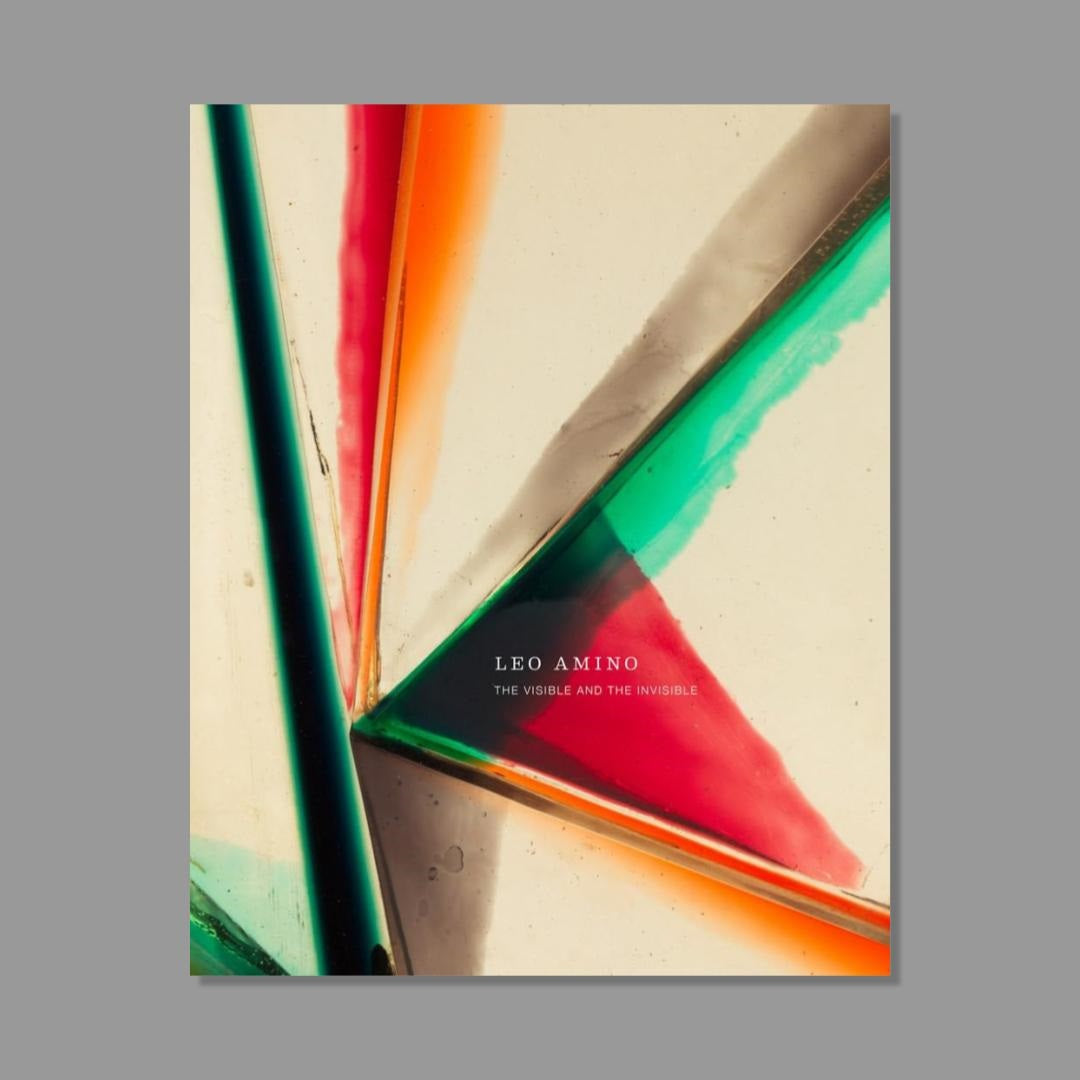
Leo Amino: The Visible and the Invisible
Amino is the first artist in the United States to take up plastics as a principal material of sculptural composition, the innovator of cast plastics in American sculpture, and the most represented artist of color in the history of the Whitney Museum of American Art’s annual exhibitions for sculpture after Isamu Noguchi. He is the only Asian American artist to teach on faculty in the history of the Summer Art Sessions at Black Mountain College, where he taught alongside artists including Josef and Anni Albers, Jacob and Gwendolyn Knight Lawrence, and Beaumont and Nancy Newhall, and informed the education of students Ruth Asawa, Kenneth Noland, and Harry Seidler, among others. Recommended to the faculty at Cooper Union by Josef Albers, Amino taught there for twenty five years, introducing students such as Jack Whitten to sculptural concerns.
Across a breadth of media and compositional approaches often remarked during the artist’s lifetime for its inventiveness and versatility, Amino’s oeuvre brings into focus the dynamics of perception, articulating space, light, and color through an optics of encounter, interpenetration, and absorption. Almost exclusively self-taught, Amino drew on three months’ training in direct carving technique at the American Artists School in Greenwich Village in order to adapt the study of form latent in wood grain into a promiscuous and autodidactic material investigation. Beginning in the early 1940s, the artist’s experiments in new media emerged from his dissatisfaction with painting on the sculptured surface. In 1945, Amino became the first American sculptor to employ cast plastics in an exploration of the question of interior and exterior relation through the problem of integral color, introducing the newly declassified military and industrial material of polyester resin into a history of media experiment following the Plexiglas works of Bauhaus and constructivist artists László Moholy-Nagy and Naum Gabo. Amino envisioned a mode of sculpture for which the principal means of composition would be light and color as early as 1949, anticipating the concerns of the next generation’s Minimalist and Light and Space movements whose artists would take up his medium of choice two decades later. In 1965, Amino made the decision to abandon his other avenues of inquiry in order to dedicate himself exclusively to the new material, beginning a series of geometric, Refractional compositions in resin that he would pursue until his passing in 1989.
The volume is published in association with the first major museum exhibition dedicated to the artist’s work since 1985, Leo Amino: Work with Material at the Black Mountain College Museum + Arts Center, and shares a title with the artist’s first solo show in New York since 1973, held at David Zwirner in 2020. Richly illustrated with images from the BMC Museum and Zwirner exhibitions, the volume includes an extended chronology featuring never before seen archival images and ephemera from across the artist’s career.
RETURNS
If you are not completely satisfied with your purchase, you may return the merchandise in its original condition for exchange or refund in the manner in which it was paid within two weeks of delivery. Processing refunds can take up to 3 business days.
Shipping charges are not reimbursed for returned items unless items were damaged or imperfect upon receipt.
If your items arrive damaged, please contact us at (212) 570-3614, Monday-Friday 9:30AM-5:30PM EST or shop@whitney.org
Members receive a 10% discount year-round and additional discounts during special shopping weeks, though certain exclusions apply.
Merchandise marked as a sale item is non-returnable.
Certain products denote This item is non-returnable, all sales are final in the product description. The following are examples of products that cannot be returned: special orders, drop ship items, Calder – Bode – Whitney capsule, Max Mara handbags, Leica cameras, select jewelry styles.
Whitney Museum Shop Returns
99 Gansevoort Street
New York, NY 10014
SPECIFICATIONS
SHIPPING
Orders shipped within the United States are shipped via FedEx Ground and can take as long as 6 business days to arrive. Orders ship Monday-Friday. Orders shipped outside the United States are shipped FedEx International Economy, which generally takes 7-15 days to arrive, depending on customs.
We are unable to ship to PO Boxes. All addresses must have a person available to sign for the package.
In the event of a missing package, please track the order with FedEx and contact a customer service representative at shop@whitney.org. An investigation will be opened and actions will be taken once the investigation has been closed.
All shipping charges are calculated by the weight and destination of the item. The shipping cost for your order will be figured when you check out. Shipping charges do not include duties, taxes or brokerage fees that may be applied to orders shipped outside of the U.S. These fees are the responsibility of the recipient of the order.
Memberships are processed and distributed by the Membership Department. Please contact the Membership department at (212) 570-3641 or memberinfo@whitney.org with questions concerning your membership.
Choose options
